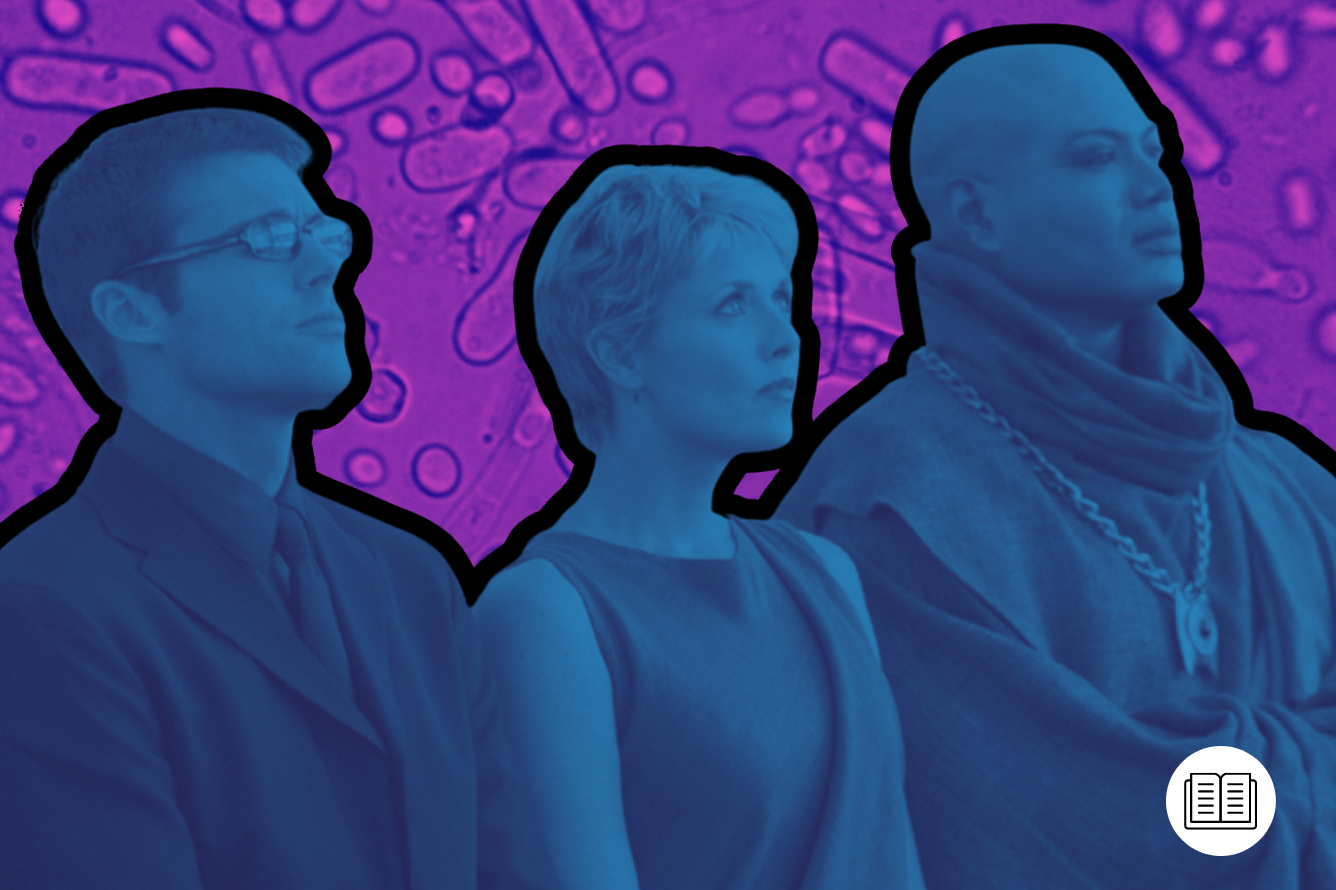Stargate | The Aschen Storyline Was SG-1’s Answer to Asimov
In the Stargate SG-1 episodes ‘2010’ and ‘2001’, Brad Wright homaged Arthur C. Clarke in a saga that rivals Isaac Asimov’s Foundation for scale

In the Stargate SG-1 episodes ‘2010’ and ‘2001’, Brad Wright homaged Arthur C. Clarke in a saga that rivals Isaac Asimov’s Foundation for scale